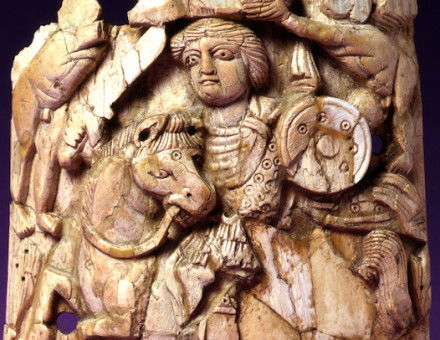Saints and Cities in Medieval Italy
Every commune had to have one - Diana Webb explains how the cult of a holy man or woman and civic PR went hand-in-hand in medieval Italy.
Around the year 1550 an Italian humanist succinctly explained he concept of the patron saint:
We can see that by a great gift of Heaven it has come about that every city has been divinely allotted some saint as guardian and protector. Rightly it awards him honour and worship at all times, but it has especial recourse to him as protector and defender in uncertain or dangerous circumstances. This is so well known in all cities that there is no need to give examples. For although it can be believed that all those blessed spirits which enjoy eternity with the angels care for Christians everywhere, it is nonetheless piously to be believed that there are very many of them who exercise a special care and, protection over those places in which they were born, or where they lived for a long time, or suffered dire tortures and death for Christ, with happy results; or there are those, albeit foreigners, whom the cities themselves have chosen as their patrons with a special cult and devotion.





